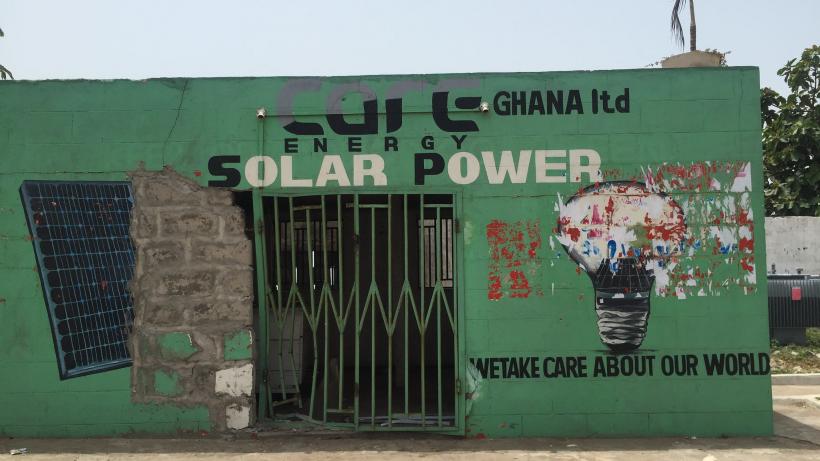
Real-time economic impacts of COVID-19 in Ghana
-
Dzansi-et-al-March-2021-Policy-brief.pdf
PDF document • 1.3 MB
- To better inform policy decisions in response to the COVID-19 pandemic, this project collected high-frequency data and produced economic indicators in real-time during the crisis.
- We focused on two economic indicators: weekly urban employment statistics and monthly electricity usage. Employment statistics are calculated based on weekly online surveys and electricity usage is calculated from grid data.
- Employment statistics reflected the real-time responses of the labour market to the virus’ spread and containment policy. During the lockdown, employment rate dropped by 25% but fully recovered two months after the lockdown was eased.
- Electricity usage shows the opposite responses from residential and non-residential users. Reflecting the reduced commercial activities, non-residential electricity usage declined up to 12.7%. Residential electricity usage, in contrast, rose up to 10.4% during the lockdown, reflecting increased time spent at home and, possibly, reduced social activities.
- Ghana’s electricity subsidy programme, which provided free or discounted electricity supply to its citizen, seems to have contributed to the large increase in residential electricity usage. Those who were provided free electricity nearly doubled their electricity consumption throughout the year.





